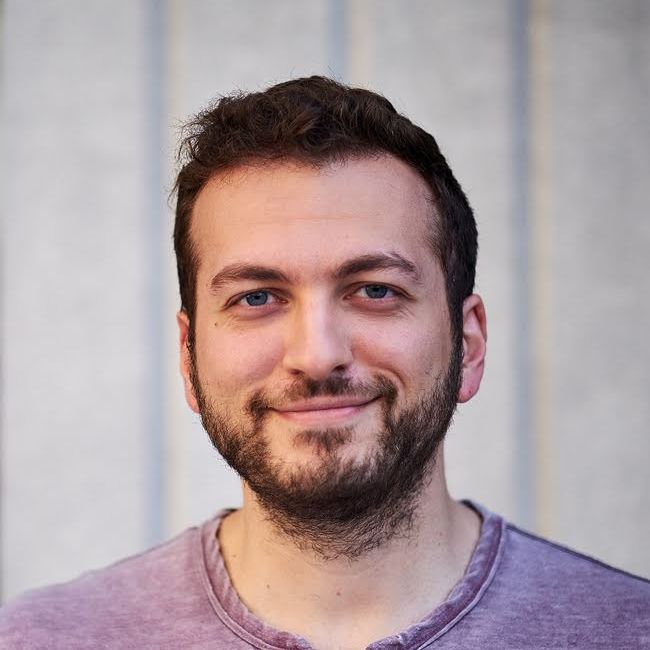
Maya Gupta
Maya Gupta is a researcher and entrepreneur. From 2013-2020, she led the Glassbox Machine Learning R&D team at Google Research, developing and deploying new ideas in constrained machine learning to make products more accurate, interpretable, safe, and fair. Gupta was an Associate Professor of Electrical Engineering at the University of Washington from 2003-2012, where she received the PECASE (presidential early career award for scientists and engineers), and Office of Naval Research Young Investigator Award for her work in sonar statistical signal processing. Gupta received her PhD in EE from Stanford in 2003, a BS EE and BA Econ from Rice University in 1997. Gupta is the co-founder and CEO of 6 companies; her current focus is on building AI-powered distributed libraries (Hoefnagel Puzzle Club and Carpe Noctem Books).
Why You Should Constrain Your Machine Learned Models
Common use of machine learning is to gather what training examples one can, train a flexible model with some smoothness regularizers, test it on a held-out set of random examples, and *hope* it works well in practice. But we will show that by adding constraints, we can prepare our models better for their futures, and be more certain of their performance. Based on 8 years of experience at Google researching, designing, training, and launch hundreds of machine-learned models, I will discuss dozens of ways that we found one can constrain ML models to produce more robust, fairer, safer, more accurate models that are easier to debug and that when they fail, do so more predictably and reasonably. This talk will focus on two classes of model constraints: shape constraints, and rate constraints. The most common shape constraint is monotonicity, and it has long been known how to learn monotonic functions over one input using isotonic regression. We will discuss new R&D about 6 different practically useful shape constraints, and how to impose them on flexible, mulit-layer models. The second class of constraints, rate constraints, refers to constraints on a classifiers' output statistics, and is commonly used to make classifiers act responsibly for different groups. For example, we may constrain a classifier used globally to be at least 80% accurate on training examples from India or China, as well as minimizing classification errors on average. We will point listeners to Google's open-source Tensor Flow libraries to impose these constraints, and papers with more technical detail.

Adam Elmachtoub
Columbia University
Adam Elmachtoub is an Associate Professor of Industrial Engineering and Operations Research at Columbia University, where he is also a member of the Data Science Institute. His research spans two major themes: (i) designing machine learning and personalization methods to make informed decisions in industries such as retail, logistics, and travel (ii) new models and algorithms for revenue and supply chain management in modern e-commerce and service systems. He received his B.S. degree from Cornell and his Ph.D. from MIT, both in operations research. He spent one year as a postdoc at the IBM T.J. Watson Research Center working in the area of Smarter Commerce. He has received an NSF CAREER Award, an IBM Faculty Award, and was on Forbes 30 under 30 in science.
Contextual Optimization: Bridging Machine Learning and Operations
Many operations problems are associated with some form of a prediction problem. For instance, one cannot solve a supply chain problem without predicting demand. One cannot solve a shortest path problem without predicting travel times. One cannot solve a personalized pricing problem without predicting consumer valuations. In each of these problems, each instance is characterized by a context (or features). For instance, demand depends on prices and trends, travel times depend on weather and holidays, and consumer valuations depend on user demographics and click history. In this talk, we review recent results on how to solve such contextual optimization problems, with a particular emphasis on techniques that blend the prediction and decision tasks together.

Nikolaj Bjørner
Microsoft Research
Nikolaj Bjørner is a Researcher at Microsoft Research, Redmond, working in the area of Automated Theorem Proving and Software Engineering. His current main line of work is around the state-of-the art theorem prover Z3, which is used as a foundation of several software engineering tools. Z3 received the 2015 ACM SIGPLAN Software System award and most influential tool paper in the first 20 years of TACAS in 2014, and test of time award at ETAPS 2018. Together with Leonardo de Moura received the CADE 2019 Herbrand award for contributions to SMT and applications. Previously, he developed the DFSR, Distributed File System - Replication, and Remote Differential Compression protocols, RDC, part of Windows Server since 2005 and before that worked on distributed file sharing systems at a startup, and program synthesis and transformation systems at the Kestrel Institute. He received his Master's and Ph.D. degrees in computer science from Stanford University.
Supercharging Plant Configurations using Z3
We describe our experiences using Z3 for synthesizing and optimizing next generation plant configurations for a car manufacturing company. Our approach leverages unique capabilities of Z3: a combination of specialized solvers for finite domain bit-vectors and uninterpreted functions, and a programmable extension that we call constraints as code. To optimize plant configurations using Z3, we identify useful formalisms from Satisfiability Modulo Theories solvers and integrate solving capabilities for the resulting non-trivial optimization problems.